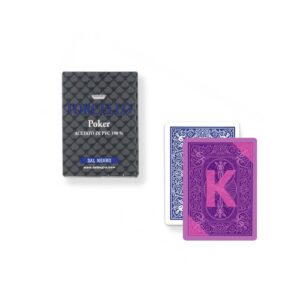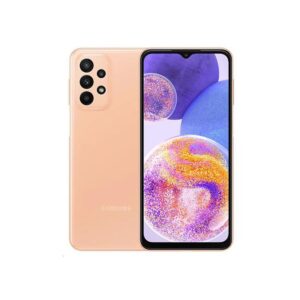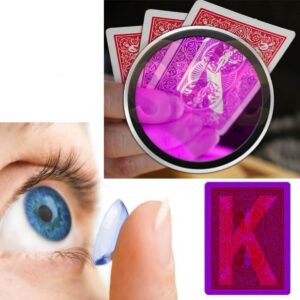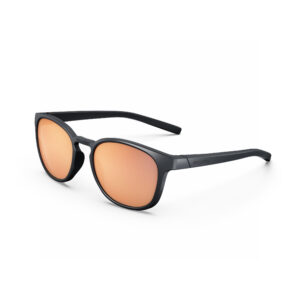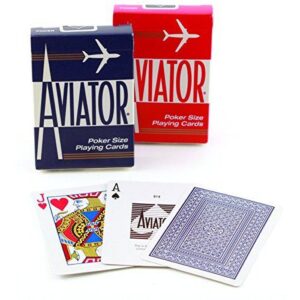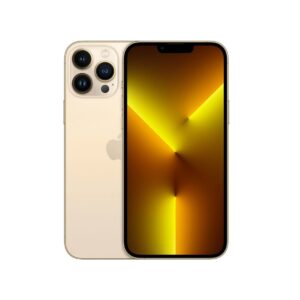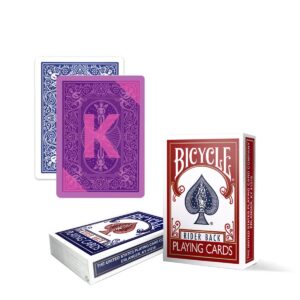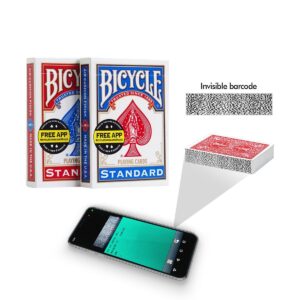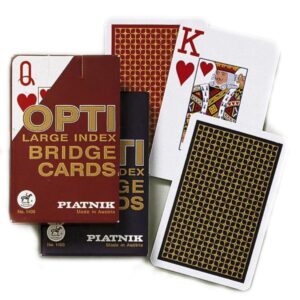Marked playing cards are a common type of cheating in poker. These cards have subtle marks or alterations that allow the cheater to identify the card’s rank and suit. These alterations include tiny bends and invisible ink, as well as luminous juice or scratches.
These marks are usually difficult to detect, even by the poker house. It’s important to watch out for any suspicious behaviour during a game of poker.
1. They are squeezing cards
Squeezing cards in a suspicious way could indicate that a player is cheating. There are several ways to mark cards, and squeezing them in a particular way can help a cheater see the marks or symbols on the back of the card without needing to turn it over.
Marked Cards are playing cards that were altered to show discreet symbols, numbers, or markings that reveal the value or suit of the card. This gives the cheater a competitive advantage, especially when they are betting against players who do not know the card is marked.
There are three main types of markings on a card. The most common type of mark is ink, which can be made by hand or using pens or marking devices. These marks can be placed on the back or the edges of the card. Scratches or nicks are another type of marking that can be used to indicate the card’s value or suit. This type of marking can be harder to detect.
A deck of cards can also be printed with invisible barcodes along the four corners. They can be read with a poker analyzer to reveal the value and suit of each card.
2. They’re looking at the cards
A player may be using marked cards by putting tiny marks on the backs of their cards to give them an advantage. This can be done in a number of ways, including invisible ink that is only visible with special lenses, luminous juice, or even scratches and nicks. This type of cheating can be easily detected by examining the cards closely as they are being riffled. If the cards have any markings, they will dance as the deck is riffled.
Another sign that someone is cheating is if they take a long time to look at the cards when it’s their turn. This is because they’re trying to hide the fact that they have a good hand by acting as if they don’t.
If you notice an opponent’s movements stop suddenly, this could also be a sign that they are about to make a big bet. This is because they’re trying to act as if they have no tells and are confident that they will win their next bet.
It’s important to check for these signs because if you are being cheated then it will only get worse with each bet. In addition, if the cheater is caught by a casino or poker room then they will likely face legal consequences as well as being banned from playing there again in the future.
3. They’re folding
Marked cards can be used in many ways by a cheating poker player. The back of a card can be marked to reveal the suit and rank. These markings are invisible to the naked eye, but can be detected by using a special device such as infrared contact lenses or sunglasses. Another way to mark cards is through luminous and juice markings, which are less effective than back marks but still allow players to know the exact position of each card.
If you’re suspicious that a player is playing with marked cards, pay close attention to their play patterns throughout the game. You should pay attention to their betting, how they fold and any other suspicious or unusual behavior. Do not hesitate to alert the staff if you see any unusual patterns of play.
Be wary of any players who make large bets or post after the deadline without counting their chips. This can be a sign that they’re participating in chip dumping, where they’re intentionally losing chips to other players.
4. They’re looking at their opponents’ hands
The importance of reading your opponent’s tells is well known to a good poker player. This helps him know what they are holding and how strong their hand is. This can be done by paying attention to their body language and watching how they stack up their chips. It’s also important to note how they arrange their cards when folding, calling or raising.
While it isn’t a tell per se, it’s worth noting when an opponent’s hands become shakey. This is a sign they want to protect their strong hand. If they cover their mouth, it is likely they have a weaker hand.
You should also pay attention to how they change their posture and if they appear nervous or confident. When a player has a strong hand, they will often sit up straight in their chair and show more power. When they’re bluffing, however, they tend to sit back more and have lower power in their body language.
Another thing to look out for is any strange markings on the cards’ backs. This could be smudges or scratches, or even tiny marks which are not visible to the naked eye. You can spot these marks by using a magnifying glass or a light to examine the surface of the card.



